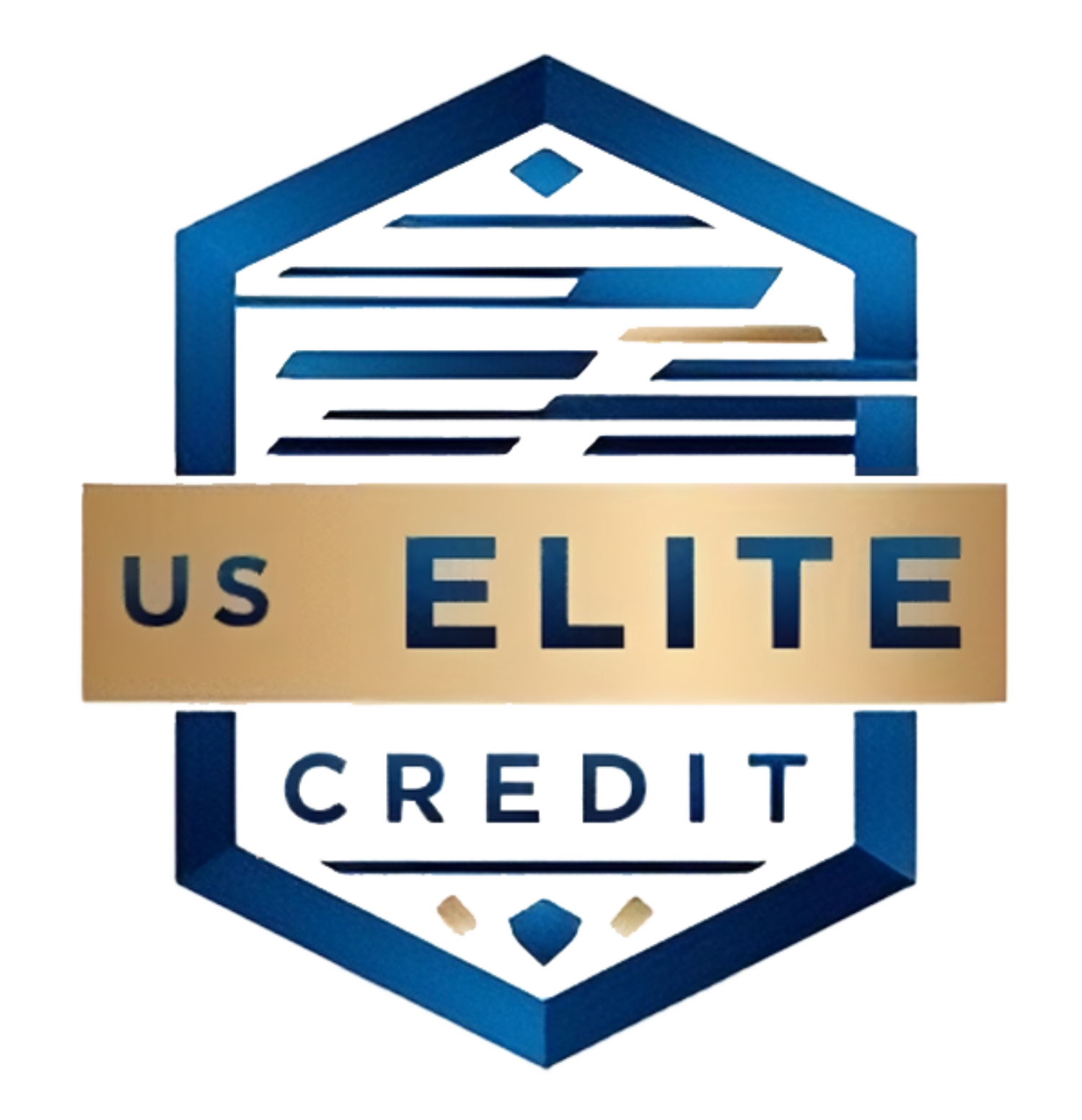Financing options have evolved, offering you more choices than ever when it comes to making purchases. In this blog post, we’ll explore the differences between point of sale financing and traditional credit, helping you understand which option best suits your financial needs. By examining the benefits and drawbacks of each, you’ll be better equipped to make an informed decision that aligns with your spending habits and long-term goals.
Understanding Point Of Sale Financing
The emergence of point of sale (POS) financing has transformed how consumers manage their purchases. This innovative financing option allows you to pay for goods or services at the checkout in installments rather than making a full payment upfront. Featured by many retailers, POS financing simplifies your buying experience and provides flexibility in managing your expenses.
Definition and Mechanism
By definition, point of sale financing refers to a payment option that allows you to make a purchase and pay for it over time through fixed installment payments. At the time of purchase, you can choose to apply for credit directly at the point of sale, where the retailer collaborates with a third-party provider to assess your eligibility. Upon approval, your payment is typically split into manageable installments, making it easier for you to budget.
Advantages of Point Of Sale Financing
Definition is key when considering point of sale financing, as it offers some notable benefits. You can enjoy the convenience of instant approval processes, often with a minimal impact on your credit score. Additionally, this financing option usually comes with clearer terms and shorter loan durations, allowing for quicker repayment without the burden of long-term debt.
Consequently, using point of sale financing can enhance your purchasing power by breaking down larger expenses into smaller, manageable payments. This method enables you to afford important purchases without straining your finances, thus preserving your cash flow for other expenses. Furthermore, the swift approval process means you can quickly finalize your transactions without added stress. Overall, POS financing is designed to make your shopping experience more accessible while providing you with the flexibility you may need in today’s financial landscape.
Exploring Traditional Credit
Some individuals prefer traditional credit options, which can offer longer repayment terms and higher limits compared to point-of-sale financing. Understanding how these options work can help you make informed decisions about your financial future.
Types of Traditional Credit Options
An overview of traditional credit options can help you identify the best solution for your needs. Here are some common types:
- Credit cards
- Personal loans
- Home equity loans
- Auto loans
- Student loans
After examining these options, you can determine which fits best with your financial situation.
Benefits of Traditional Credit
For many, traditional credit provides flexibility and the ability to build credit history over time. These benefits often include lower interest rates and extended repayment periods, adding to your financial stability.
With traditional credit, you are likely to enjoy advantages like the ability to manage larger purchases, which can help you lead a more comfortable lifestyle. Establishing a solid credit score also opens up opportunities for favorable terms in future borrowing. Overall, traditional credit can be a reliable avenue for financial empowerment.
Key Differences Between Point Of Sale Financing and Traditional Credit
One of the primary distinctions between Point Of Sale (POS) financing and traditional credit lies in how each option functions and serves your financial needs. POS financing typically provides immediate, short-term loans directly at the point of purchase, while traditional credit options, such as credit cards and personal loans, offer broader and longer-term borrowing solutions. Understanding these differences can help you better assess which option aligns with your financial situation and goals.
Cost Comparison
Between Point Of Sale financing and traditional credit, the costs associated with each can vary significantly. Below is a breakdown of key cost factors:
| Point Of Sale Financing | Higher interest rates but often offers promotional 0% APR for short terms. |
| Traditional Credit | Variable interest rates; potential for lower rates if you have good credit. |
Approval Process and Accessibility
Before you decide on financing options, consider the approval process and accessibility of each type. POS financing generally allows for quick approvals, often at the time of checkout, requiring minimal information. In contrast, traditional credit may necessitate a more thorough application and credit check, which may prolong your access to funds.
Considering the approval process can significantly impact your purchasing experience. If you need to make an instant purchase, point of sale financing can provide quicker and easier access to funds. However, traditional credit can open doors to larger borrowing amounts and potentially longer repayment terms, which may suit your financial plan better if you’re looking for long-term solutions. Aligning your decision with your immediate needs and long-term financial health is key.
Situational Analysis: When to Use Point Of Sale Financing
Keep in mind that Point Of Sale (POS) financing can be an excellent option when you need to make a purchase but lack immediate cash flow. This form of financing is particularly beneficial for larger, crucial purchases like appliances, medical bills, or emergency repairs, as it allows you to spread the cost over time and maintain your cash reserves.
Ideal Scenarios for POS Financing
Along with unexpected expenses, POS financing works well for planned purchases when you want to avoid high-interest credit cards. If you’re investing in a significant item and can manage your budget effectively, this financing option may provide a manageable way to secure what you need without burdening yourself with debt.
Risks and Considerations
When opting for POS financing, it’s crucial to weigh the potential risks and considerations that come with this choice. Ensure you fully understand the terms, interest rates, and repayment plans as they vary significantly and can affect your overall financial health.
Sale professionals often present POS financing as a straightforward solution, but failing to read the fine print can lead to surprises. Many plans come with hidden fees, high-interest rates, or limited payment options. It’s vital to assess whether your financial situation allows for timely repayments and if the total cost fits within your budget. Be cautious about overcommitting, as missed payments can further impact your credit score.
Situational Analysis: When to Use Traditional Credit
Your financial situation greatly influences whether traditional credit is the right choice for you. Traditional credit, such as credit cards and personal loans, may be more suitable for larger purchases or ongoing expenses when you anticipate needing extended repayment terms. These options often provide a higher credit limit and flexibility in how you use the funds, making them a convenient choice in many situations.
Ideal Scenarios for Traditional Credit
Below are several ideal scenarios where traditional credit could serve you well. If you are planning a significant purchase like a car or home renovations, traditional credit can offer you the means to finance these larger expenses. When your cash flow is steady, and you can make regular payments, a credit line can help you manage everyday costs without depleting your savings. Additionally, if you want to build your credit score, responsibly using traditional credit can demonstrate your ability to manage debt effectively.
Potential Drawbacks
Against this backdrop, traditional credit does come with its own set of potential drawbacks. High-interest rates on credit cards may lead to substantial debt if not paid off promptly. Additionally, the temptation to overspend can result in financial strain, impacting your long-term budgeting goals. Some loans may also include fees and penalties that add to your overall cost, reducing the potential benefits of using traditional credit.
Even with its benefits, traditional credit can lead to pitfalls you should consider. The ease of access to funds may encourage spending beyond your means, ultimately leading to a cycle of debt. If you fail to repay on time, high-interest rates can cause your balance to balloon, making it harder to regain financial stability. Furthermore, accumulating debt without a solid repayment plan can negatively affect your credit score, making it challenging to secure future loans or credit at favorable terms.
Making the Right Choice: Factors to Consider
Once again, weighing your options between point of sale financing and traditional credit is vital. Consider the following factors:
- Interest rates
- Fee structures
- Payment flexibility
- Impact on credit score
Assume that taking a moment to evaluate these criteria will lead you to the financing option that best suits your needs.
Personal Financial Situation
Above all, assess your current financial standing. Reflect on your income, expenses, and existing debts. Understanding your financial health enables you to make a more informed decision about which financing method aligns with your budget and repayment capabilities.
Future Financial Goals
Making informed choices about your financial future is vital. Consider how financing your purchase fits into your bigger financial picture. Are you aiming for debt reduction, saving for a large investment, or improving your credit score? Each option will affect your financial trajectory in different ways.
Another important aspect to consider is how your choice impacts your financial flexibility. If your future goals involve substantial investments, you might prefer the structure and predictability of traditional credit, which may offer longer repayment periods and potentially lower rates. Conversely, if you anticipate needing to make smaller, immediate purchases, point of sale financing could align better, as long as you can manage the shorter repayment terms.
To wrap up
Conclusively, choosing between point of sale financing and traditional credit depends on your individual financial needs and purchasing habits. If you prefer quick, often interest-free payments at the time of purchase, point of sale financing may be ideal for you. However, if you seek a broader credit option with potentially lower interest rates and flexibility for larger expenses, traditional credit could be a better fit. Assess your financial goals and spending behaviors to determine which option aligns best with your lifestyle and needs.

